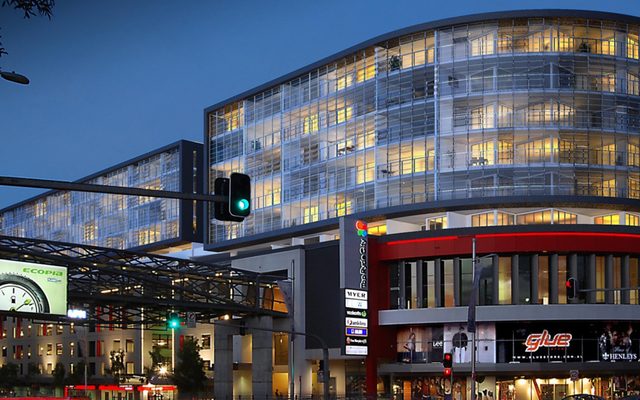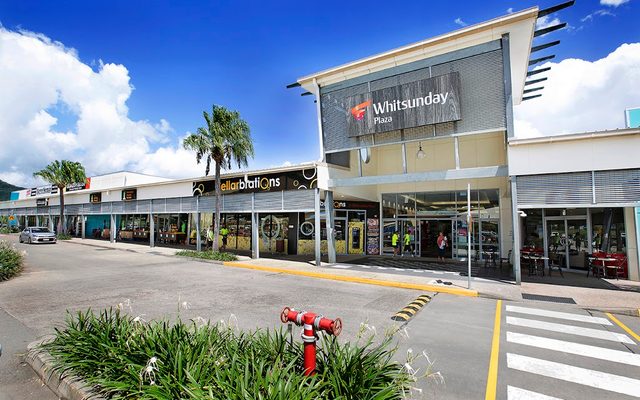This article is from the Australian Property Journal archive
VICTORIAN neighbourhood shopping centres sales are on track to record their highest transaction volumes in four years, with assets heavily weighted towards supermarket anchors favoured by investors in the tough retail climate.
CBRE’s Victorian Neighbourhood Shopping Centre Review (2016-2019) found that buyers remain attracted to the sub-$100 million sector while being more cautious around vacancy, pending expiries and the overall performance of the shopping centre itself.
Retail investments analyst at CBRE, Annalee Neil said the attraction is based particularly around the heavy weighting towards supermarket share of gross lettable area and the relative insulation from the threat of e-commerce.
Of four sales transacted in 2019, the anchor tenants, including Coles, Aldi and Woolworths, accounted on average for more than 60% of the centre’s total income or GLA.
Among these were Aurora Village Epping, with 76% allocation by area to Coles and Aldi, while Coles and Liquorland account for 60% of income at Coburg North Village, Woolworths 72% of Woolworths Curlewis and 56% of Yarra Junction.
Supermarkets accounted for only 6% and 18% of total cash flow in regional and sub-regional centres respectively.
Director Mark Wizel said the results proved retail centres with a weighting towards non-discretionary spend tenants remained one of the favourite investments across all commercial property sectors.
“In the neighbourhood shopping centre sector, it is almost business as usual.”
The impending sale of the Woolworths and BWS and Aldi-anchored Newcomb Central – listed with expectations of $45 million – will bring the total sales value of neighbourhood centres sold this year to more than 2016 and 2017, and could surpass 2018 in less than seven months.
Seven neighbourhood centres were sold across the state in each of 2016, 2017 and 2018 with total sales volumes of $215.75 million, $210.98 million and $255.45 million respectively. As of last week, there had been $189.6 million worth of neighbourhood centres sold so far in 2019.
“On the one hand this is an extraordinary result for a market which has been battered by low retail trade spending and the increasing online competition, but on the other it makes perfect sense as an asset which continues to offer strong market fundamentals and deliver comparatively healthy returns at virtually any time in the investment cycle,” Wizel said.
“The fact that there is a current investment stock shortage underscores just how popular these centres are. Owners are holding tight to arguably the commercial market’s best defensive asset in what are relatively tough times in terms of investment returns generally.”
Yields averaged 5.58% in 2016; 5.81% in 2017; 5.51% in 2018, and so far this year are at 5.94%. Coburg North Village traded at a tight 4.70%, while Yarra Junction sold at 6.89%.
As well as selling the Curlewis shopping centre for $17.1 million, Woolworths also invested the freestanding Woolworths Lara store to a Melbourne investor for $21.55 million on a yield of 5.92%.
Also recently, a company linked to developer Land Capital purchased the 26.5-hectare Mernda Town Centre site for $51.5 million, which included a permit for a neighbourhood centre anchored by a full-line Woolworths supermarket with two mini major retailers and 32 specialty stores.




